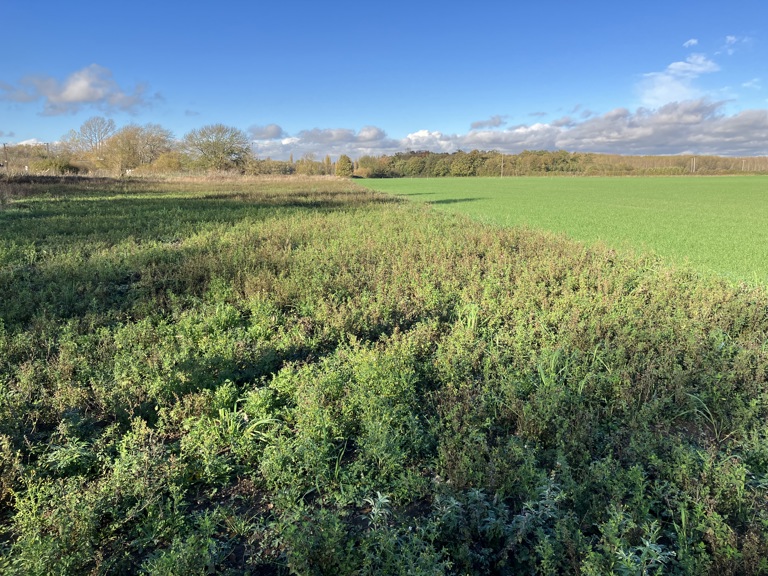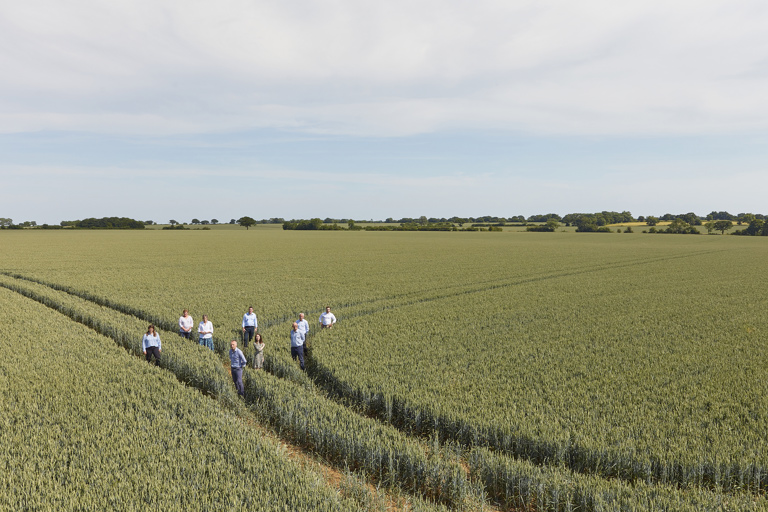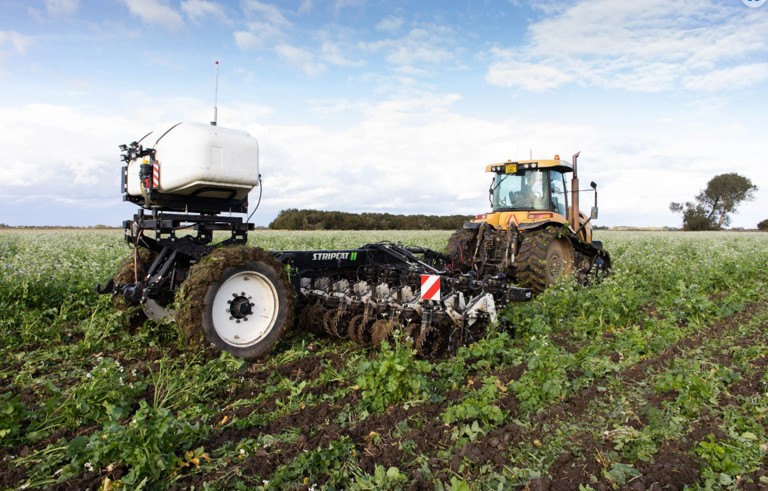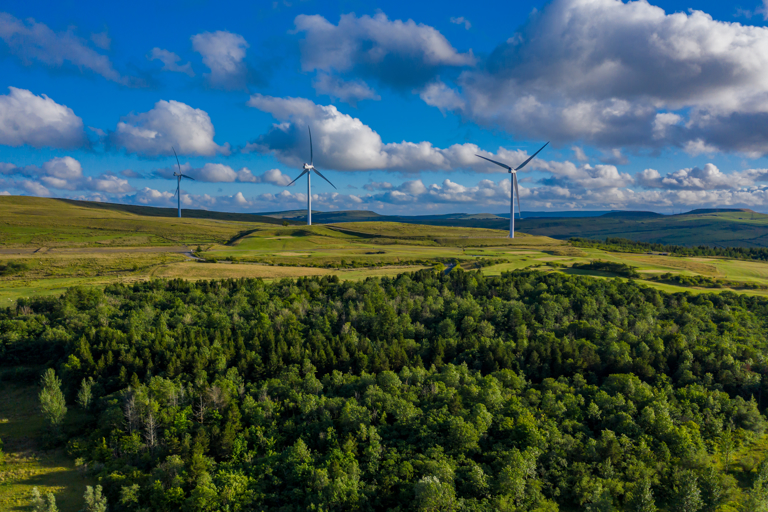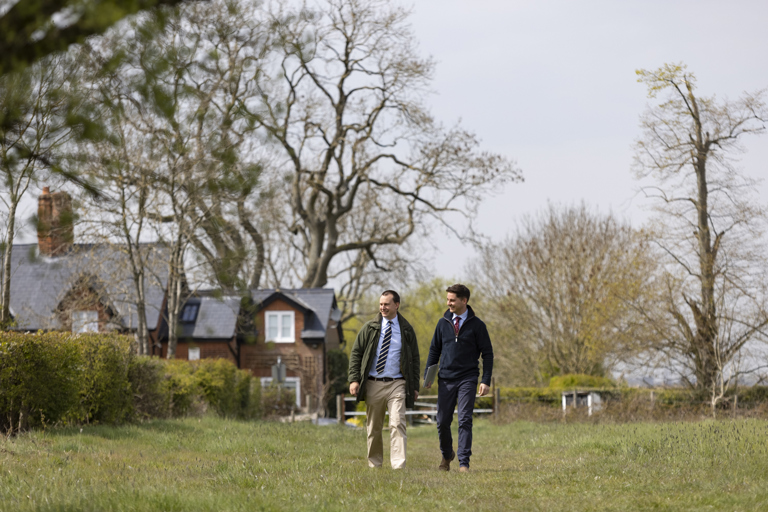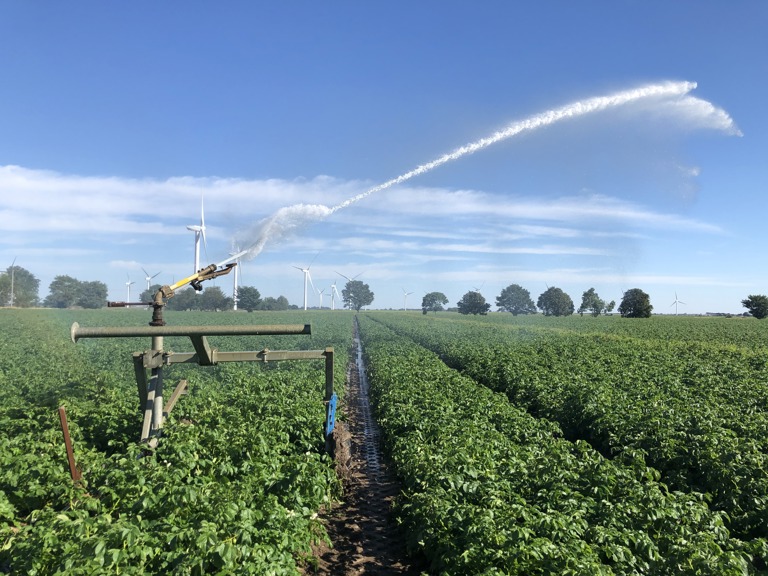Uncovering the benefits of natural capital: a landowner’s view
By guest contributor, Susan Twining, CLA - The development of natural capital markets for environmental benefits has unlocked investment interest and funding opportunities for landowners. Farmers and land managers are facing major changes in agriculture policy.
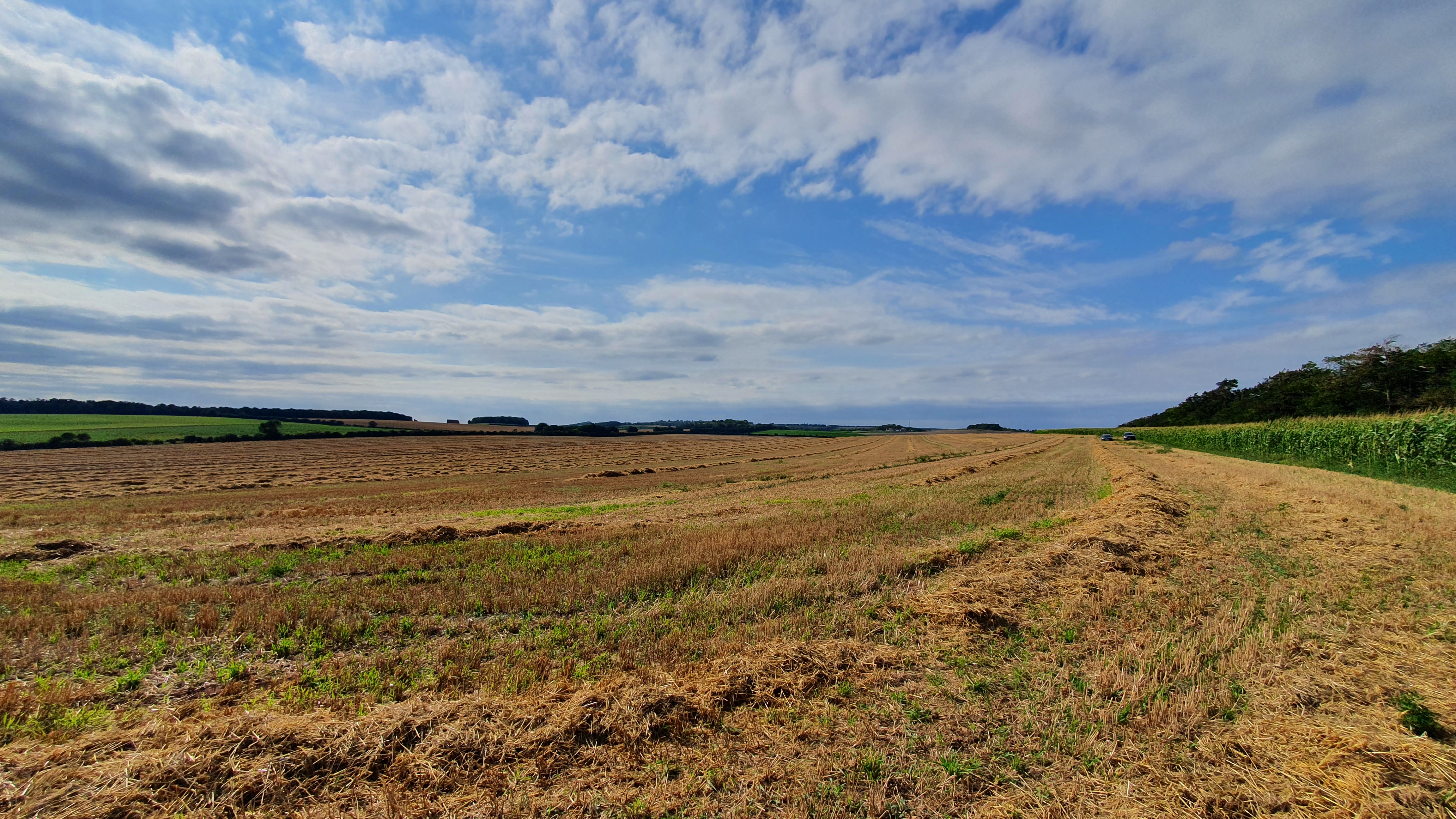
This is most acute in England where they are entering the third year out of a seven-year transition away from direct payments, alongside increasing input costs and volatile output prices. This change is exposing the low margins and high risks of farming. In Wales and Scotland they are only just introducing their agriculture bills and developing new policies.
Whist important, agricultural policy cannot solve the problems of the climate crisis and nature decline on its own. The Green Finance Institute has calculated that if the UK is to meet the government targets for net zero and nature recovery, there is a median finance gap across the UK of £56 billion over the next 10 years, with the largest finance gap in England. Private sector funding through natural capital markets is expected to plug some of this gap. This will be driven in part by compliance markets such as biodiversity net gain for housing and infrastructure projects, and Nutrient Neutrality offsetting. Other funding sources from business and organisations will be voluntary, such as, carbon offsetting or other investment in nature, driven by climate and nature related financial disclosure requirements and reputational risks. Defra has set a target to increase private sector funding for the environment to £500m per year by 2027 and £1bn per year by 2030.
With this context, it is no surprise that landowners are looking seriously at the opportunities. But as with any golden goose, it is often not all that it first appears to be. The environmental market supply chain is developing fast but with that comes risks. It is not available to everyone as some of the opportunities are place based – biodiversity net gain needs to be within the same planning authority, Nutrient Neutrality offsetting must be within the affected catchment, and specific habitat creation or restoration must be in the right place. There is an economic aspect, and it is unlikely that woodland creation will perform better than highly productive arable land, even with carbon payments.
Rightly, most natural capital markets, rightly, require long-term land use change, and often at large scale, and these need serious consideration by landowners. Long-term means a minimum of 30 years for biodiversity net gain, up to 120 years for nutrient offsetting, and 30-40 years for woodland creation for carbon sequestration. The Defra Landscape Recovery scheme has a minimum 20-year project length. What happens at the end of an agreement is vague at best and so for now, the change in use must be considered permanent and factored into negotiations on payments.
“The CLA is currently lobbying government for the inheritance rules to be changed so that land
under environmental management can qualify for inheritance tax reliefs.”
Large scale means different things for different markets. Some biodiversity net gain projects may be relatively small, although lease models tend to have minimum requirement of 10 ha blocks and Defra guidance recommends schemes over 40 ha to be more cost-effective. Woodland creation under grant schemes can be as small as one ha, but for carbon markets, the costs of monitoring and verification mean that it is not currently worth pursuing for less than about five ha, and much bigger blocks are preferred. The Defra Landscape Recovery scheme is piloting the first 22 projects. Each will have a mix of public and private funding and have a minimum size of 500 ha and maximum 5,000 ha. At this scale collaboration between land holders is likely to be the norm. This adds a whole new level of management, but it does give smaller land holders an opportunity to get involved.
The land use change element of natural capital markets can mean moving away from farming, but not always. With woodland creation for carbon or a wetland project, there may be no room for farming. In many projects, farming in a different way, such as low-density grazing, can be beneficial. Non-agricultural land use may impact on the availability of inheritance tax relief and the CLA is currently lobbying government for changes so that land under environmental management can qualify for inheritance tax reliefs.
In the rapidly developing market there is innovation in contracts and agreements, but there are essentially three main ways to benefit from the natural capital markets – sale of land, leasing land, or a management agreement – and the choice will vary for individual circumstances. For some, taking advantage of the uplift in land prices for land with carbon sequestration or nature recovery potential will be the right option. The leasehold model (and variations) is suitable for those who do not want the responsibility of the management of the project and can reduce risks. The management agreement options will work for those who would like to retain the land and manage the project. As with any agreement, it is important to undertake due diligence and take tax and legal advice at an early stage.
So at this stage the natural capital markets are not for the faint hearted or the risk averse. It is a good time for all landowners to be researching the opportunities, considering the options, understanding the markets and building networks with neighbours and local environmental specialists and being ready to act. The CLA’s focus is to provide independent and accurate information on existing and emerging markets to support members in making informed decisions, but also to identify problems and seek solutions from government or industry.
For details on CLA membership or advice please visit www.cla.org.uk or contact your regional CLA team.

Article author - Susan Twining, CLA
Get in touch
Read more from Rural Outlook 2023-
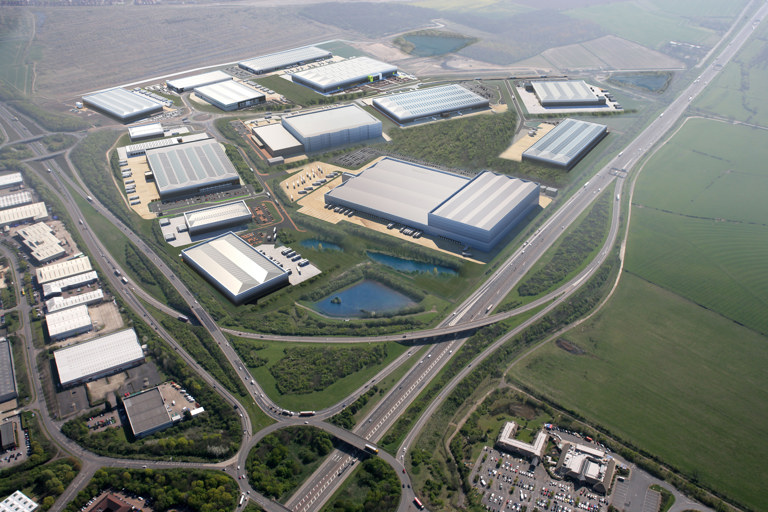
Is your land suitable for Industrial and Logistics Development?
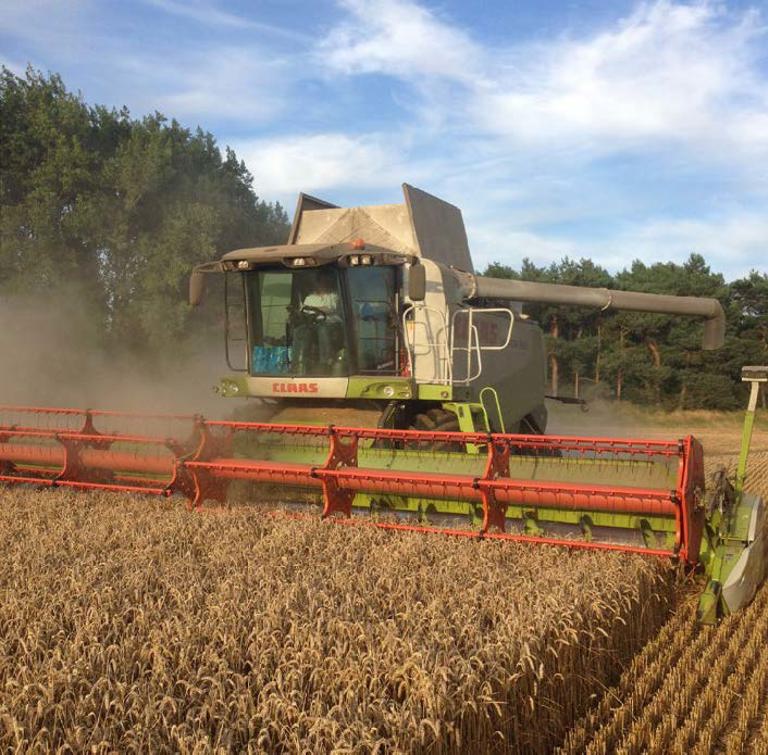
Detail on environmental land management scheme (elms) revealed at last

Consider joining the Landowner-Led Legacy Development
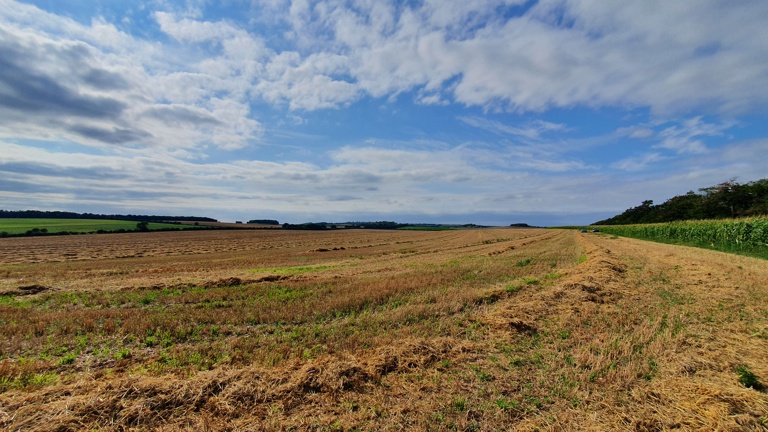
Natural Capital projects – the landowners perspective
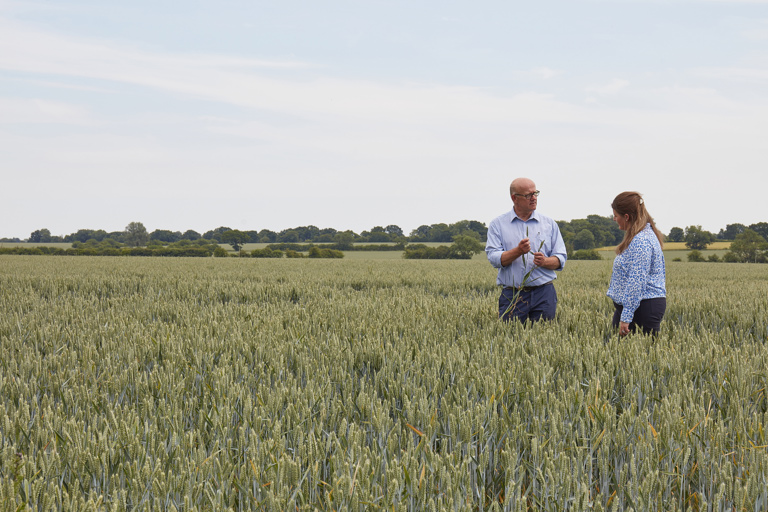
Breaking free from the input-output price dilemma: a guide for arable farmers
